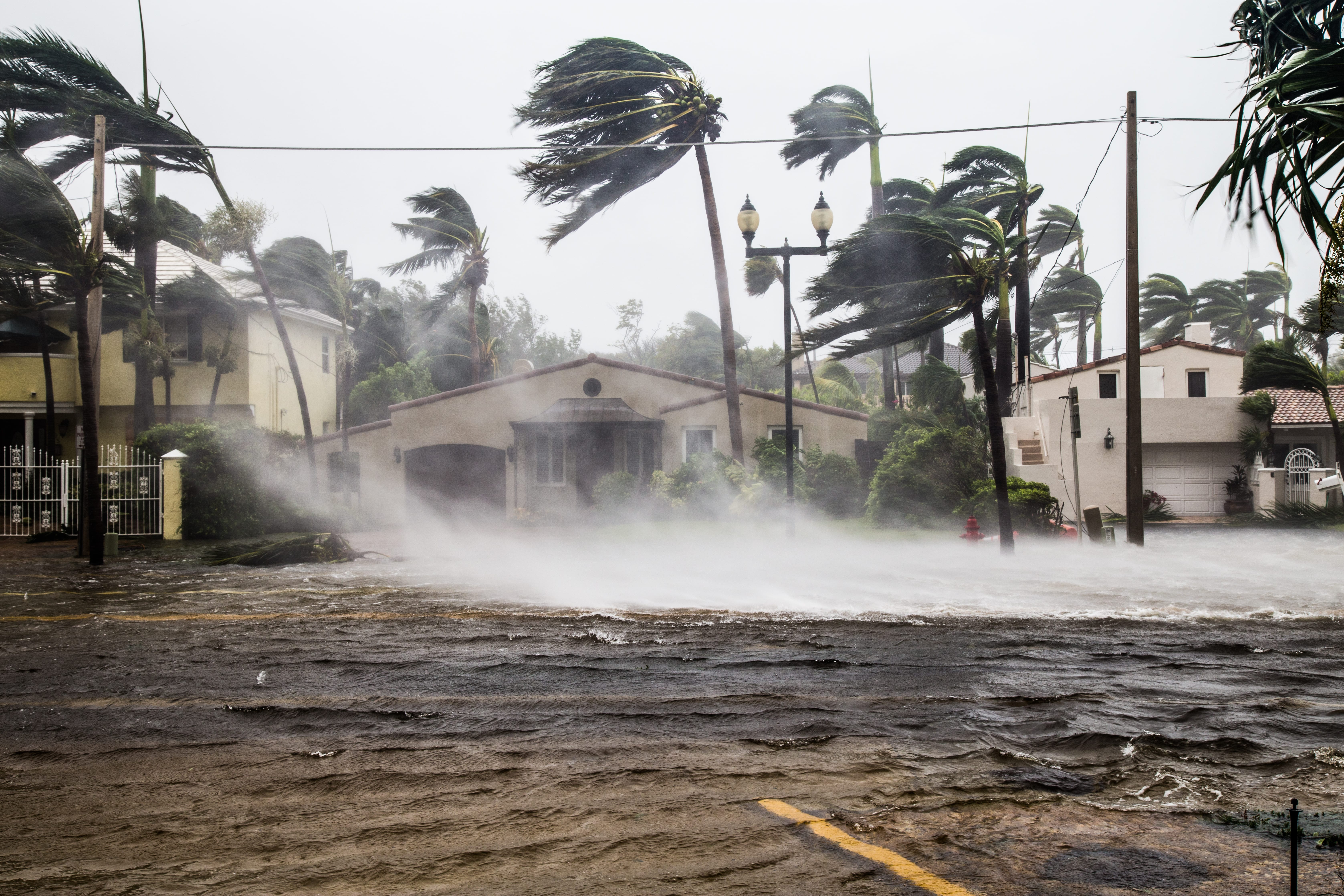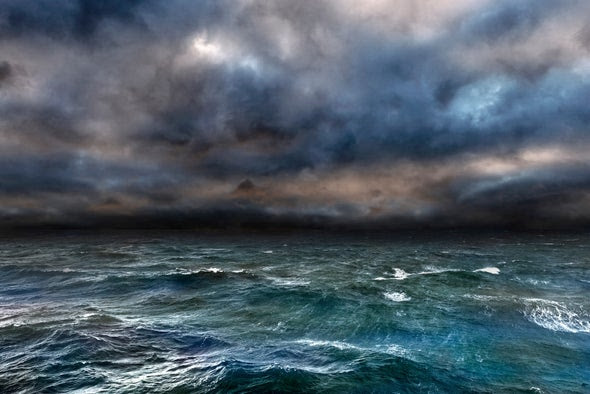The ICARUS climate research center at the University of Maynooth in Ireland published a study on March 2, 2023, on the Environmental Research Communications site indicating that an extra degree in the Atlantic Ocean would lead to a 140% increase in the rainfall hurricanes dumps.
IPCC scientists estimate that a global temperature increase of 1˚C leads to 7% more precipitation, but according to the team of researchers from Maynooth University, global warming has a much greater impact on precipitation from hurricanes with increases well above 7%. The overall intensity of rainfall increases by 40% for each additional degree in the Atlantic Ocean, and the volume of rainfall falling on land increases by 140%.

These findings result from observing the evolution of hurricane-related rainfall over the period between 1998 and 2017, during which time the temperature has already increased by 1˚C compared to the pre-industrial period. Since rainfall intensity is the amount of water that falls over a period of time, twenty millimeters of rain that fall in one hour would turn into twenty-eight millimeters per hour if the temperature increases by 1˚C in the ocean.
Some hurricanes are capable of generating a total rainfall accumulation of five hundred millimeters, such as Hurricane Ian in Florida in September 2022. In this case, a 1˚C warming of the Atlantic would result in a total accumulation of 1,200 millimeters. The authors of the study would like to point out that for the same phenomenon, there is a large difference between the volume of precipitation dumped on land and that which falls at sea.

Compared to the land, the intensity of rainfall of hurricanes when they move over the ocean increases by only 6% and the total volume of rainfall by 116%, before exploding when the hurricane reaches the coast. One explanation for the observed difference in the behavior of precipitation over water and over land is the strength of the winds. The association between the higher wind speed of hurricanes arriving at the coasts and warmer water leads to a strong increase in the intensity of rainfall.
However, when arriving at land, the speed of hurricanes suddenly decreases from an average of 20km/h to 16km/h, and this explains why more rain falls in the same area. The objective of the study is to inform policymakers, insurers and real estate developers of future projections of hurricane activity in the Atlantic Ocean, particularly in areas frequently affected by hurricanes such as Florida, North Carolina and Texas. In these states, between 50 and 75% of the population living near the coast does not have home insurance.



Comment here